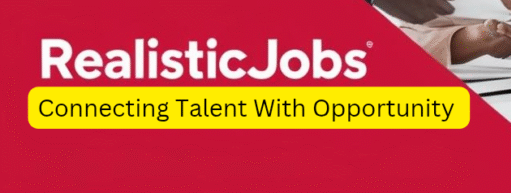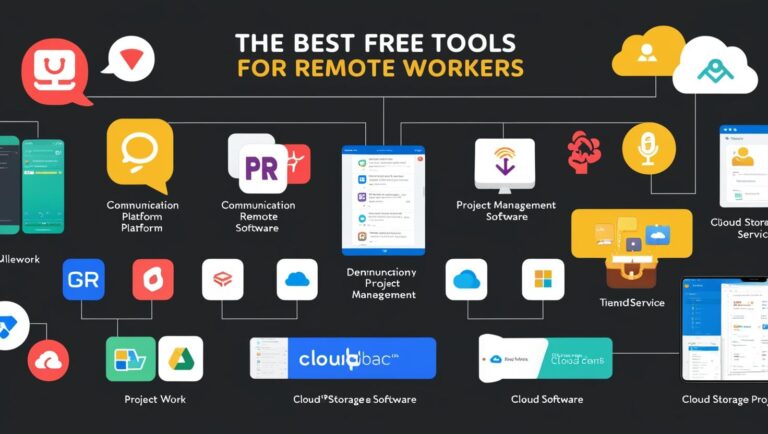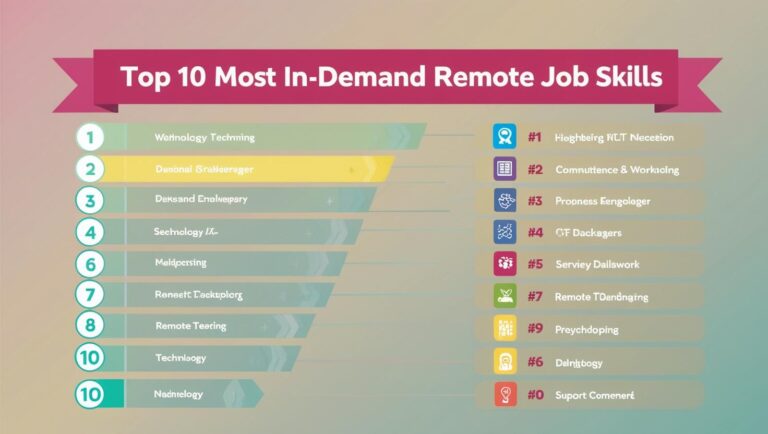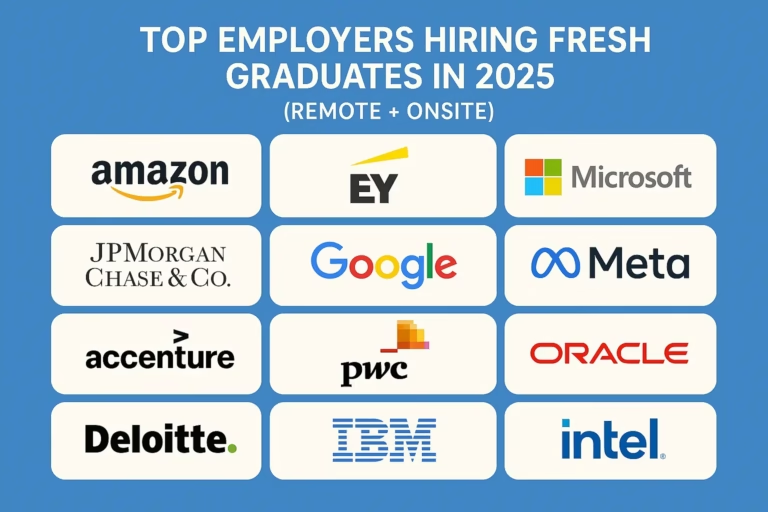The Complete Guide to Switching Careers Without Starting Over
Switching careers doesn’t have to mean starting from scratch. In fact, with the right strategy, you can transition into a new field by building on what you already know—without going back to square one. Whether you’re burned out, bored, or simply seeking better opportunities, this guide will show you how to pivot your career with…
Switching careers doesn’t have to mean starting from scratch. In fact, with the right strategy, you can transition into a new field by building on what you already know—without going back to square one. Whether you’re burned out, bored, or simply seeking better opportunities, this guide will show you how to pivot your career with confidence.
Why People Switch Careers
Career changes are more common than ever. According to a Pew Research study, about 53% of U.S. workers who quit a job in 2021 changed their field or occupation. People are rethinking what matters: flexibility, growth, purpose, and better compensation.
Some of the top reasons include:
- Lack of advancement opportunities
- Industry decline or instability
- A desire for more meaningful work
- Better work-life balance
- Higher earning potential
Whatever your reason, the key is to make a smart, strategic shift—not a blind leap.
Step 1: Reframe Your Skills (Transferable Skills Are Gold)
You may not have direct experience in a new industry, but you do have valuable, transferable skills. These are abilities that apply across fields—like:
- Communication
- Project management
- Problem-solving
- Leadership
- Data analysis
- Customer service
Pro Tip: Look at job listings in your target field and note recurring skills. Then match those to your past experience. Use language that mirrors the job descriptions.
See Also: In-Demand Tech Skills by Industry in South Africa (2025)
Step 2: Rethink Your Resume (Highlight What Matters)
You don’t need to hide your past roles—you just need to reshape the narrative.
Try this:
- Use a functional or combination resume format to emphasize skills over chronology.
- Highlight accomplishments that align with your target role.
- Include a professional summary that speaks directly to your career change goal.
Example:
“Experienced team leader transitioning from retail management to operations logistics, with a proven track record of streamlining workflows and reducing costs.”
Step 3: Fill Gaps Strategically
You don’t need a new degree to change careers—but some upskilling may be necessary.
Consider:
- Online certifications (Google, Coursera, LinkedIn Learning)
- Bootcamps or workshops
- Volunteering or freelance projects in your new field
Focus on practical, resume-worthy learning—not spending years in school unless absolutely necessary.
Step 4: Network with Intention
Your network is your most underrated asset. Let people know you’re pivoting—someone may open the right door.
Ways to build connections:
- Attend industry meetups or virtual events
- Join LinkedIn groups in your target field
- Reach out to professionals for informational interviews
- Ask for referrals or mentorship
A career change isn’t a solo project. Leverage your community.
Step 5: Start Where You Are (Small Steps Count)
You might not land your dream role immediately—but you can get closer with each move.
Options include:
- Taking a lateral role in a new industry
- Consulting or freelancing on the side
- Internal transfers within your current company
- Hybrid roles that blend old and new skills
Success often comes from stacking progress, not making one big leap.
Common Myths About Career Changes (And the Truth)
Myth 1: You’ll have to take a pay cut.
Truth: Not always. Many skills are in demand across industries. With research and negotiation, you can maintain or even increase your salary.
Myth 2: Employers won’t hire career changers.
Truth: Many companies value diverse experience, especially if you show how your background solves their problems.
Myth 3: It’s too late to change.
Truth: People switch careers at 30, 40, 50—even 60. Your experience can be a competitive edge, not a drawback.
Final Thoughts
Switching careers can be scary—but it’s also empowering. With the right mindset and strategy, you don’t have to start over. You just need to start smart.
Remember:
- Build on what you know.
- Communicate your value clearly.
- Take practical steps toward your goal.
Your next chapter is waiting—and you’re more prepared than you think.







